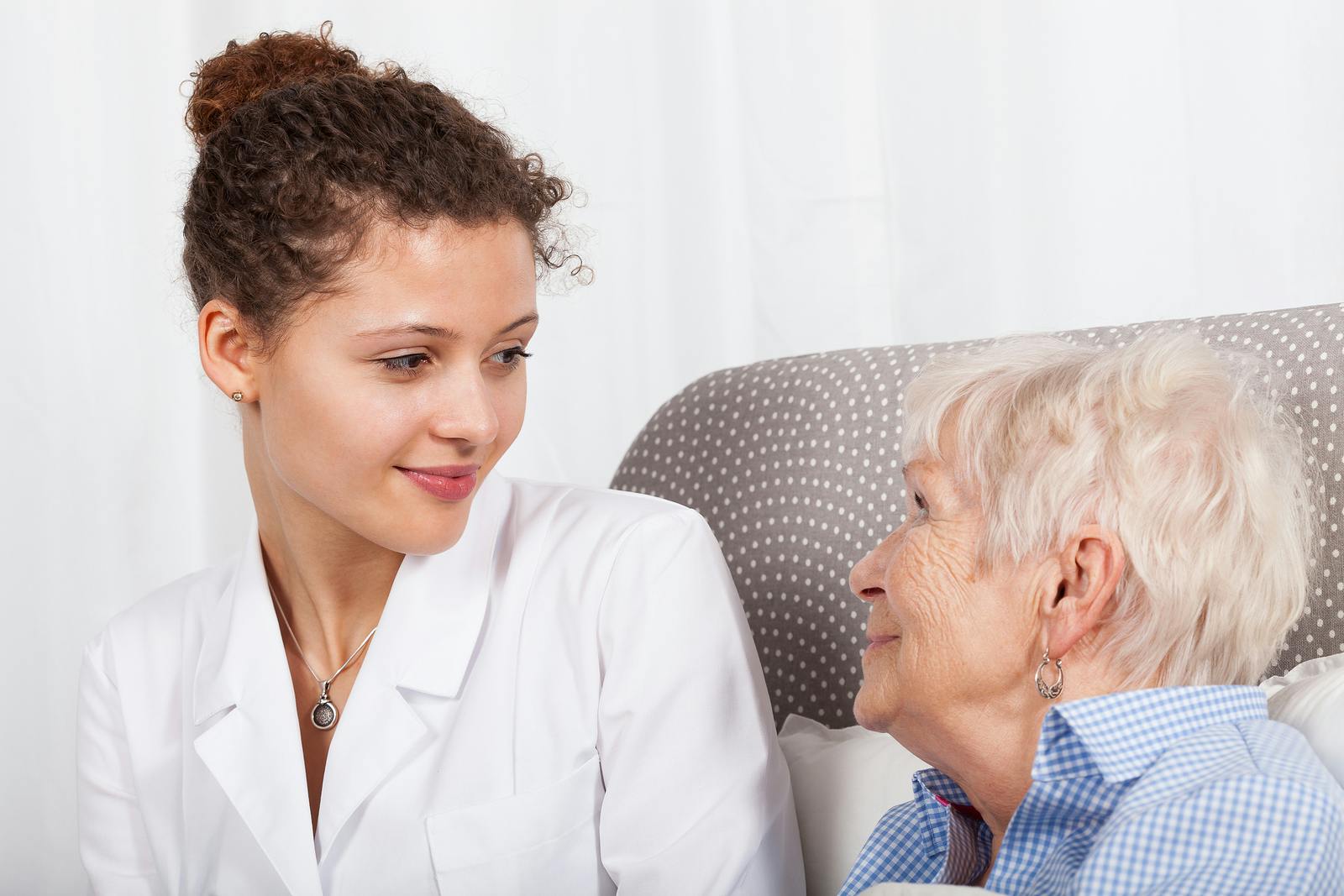Older GYN patients have different needs and requirements for communication than younger generations. The media lets us know on a daily basis how differently millennials are communicating, but less attention is paid aging populations. While millennials may prefer texting or email over phone calls, older generations may not have the capability to receive these types of correspondences. Additionally, older patients may need more face-to-face time, while a younger patient may prefer quick, digital communications.
According to the National Institute on Aging (NIA), healthcare providers should take things slow and be sure to take notes when talking with older GYN patients. The organization also offers ways to compensate for hearing deficits, and it emphasizes the importance of using respectful forms of address, having a comfortable waiting room, and being more attentive to any needs these patients may have with moving through the office. Most importantly, the NIA stresses the need for careful communications on the caregiver's part. Physicians should avoid using technical jargon when talking with older patients, and the caregiver should actively listen and monitor for cues that would indicate a lack of understanding.
Using Medical Technology to Improve Communications
Medical technology, such as image-sharing programs that can transfer ultrasound images to other providers or to patients directly, is making medical practices more efficient. Paper forms have been replaced by tablet computers that capture patient data and patient surveys, saving both paper and time. While technology can improve communication in a medical practice, it may not be helpful for communicating with older patients. In fact, many feel alienated by electronic devices.
According to the Pew Research Center, while 80 percent of individuals ages 65 and older have a cell phone, only 42 percent have a smartphone. Additionally, 34 percent of seniors do not use the internet. Older GYN patients may actually see technological shortcuts as barriers to care.
Offering Nontech Solutions
In 2017, the U.S. Census Bureau found that over 15 percent of the US population was 65 or older. Because this segment of the population sometimes lacks the technological know-how of younger generations, it's incumbent upon the healthcare provider to offer reasonable and accessible alternatives to communicating through technological means.
Private practices may offer their patients internet links to information about conditions or diseases, but should also be prepared to hand their older GYN patients a printout of the same material. Physicians should also ensure that the material provided to the patient is understandable and not overly technical.
If an office is offering surveys, intake forms or other communications on tablets, it should also offer these in print form, with larger fonts that a patient with limited eyesight can easily read.
Additionally, businesses should ask for a patient's preferred form of communication, and make a note of this in the patient's file. This can range from reminder phone calls to letters in the mail, rather than text messages or email reminders.
Whatever Their Age, Meet Patients Where They Are
Lastly, don't make assumptions about a patient's capabilities, knowledge or preferences based solely on their age. Patients of all ages will appreciate it if their doctor's office is looking after their needs and making sure they are heard and cared for at their own level of comfort. While a younger patient may better appreciate the efficiency of texts and other digital communication, the older GYN patient may prefer an office that can slow down just a bit to ensure that she is receiving the best care.





